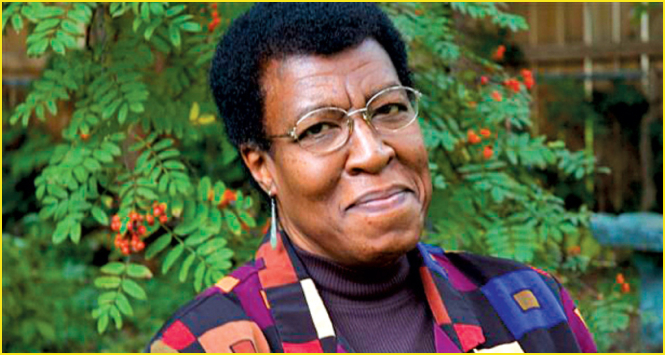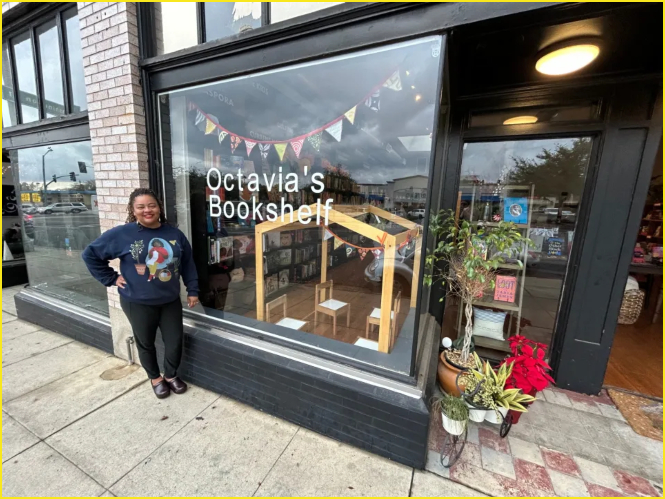Octavia E. Butler once remarked, “To try to foretell the future without studying history is like trying to learn to read without bothering to learn the alphabet.”
That sentiment, shared by content creator Tanaïssa (@tanita.dee) on Instagram, resonates now more than ever as the eerie foresight of Butler’s works unfolds in real time.
Tanaïssa’s insightful video content has sparked renewed interest in Butler’s seminal novel, Parable of the Sower, written in 1993 but set in a hauntingly familiar 2024 and 2025. The story chronicles Lauren Oya Olamina, a teenager navigating environmental and societal collapse. With wildfires ravaging California—including Altadena, Butler’s burial site—the stark parallels between Butler’s imagined dystopia and today’s reality are impossible to ignore.
A Visionary Through History, Not Prophecy

In her 2000 essay, A Few Rules for Predicting the Future, Butler explained how her predictions were born not of prophecy but of a deep understanding of history and human behavior.
As Tanaïssa eloquently explains in her video, Butler’s unique ability to bridge past and present made her a “trastemporal thinker,” someone who examined historical patterns to project future outcomes.
From declining literacy rates and environmental neglect to the allure of “a pretty white male liar” as a leader—insights Butler jotted down in her notebooks—her observations are strikingly relevant today. These themes, which Tanaïssa connects to current events, reveal the extent of Butler’s prescience.
Parallels to Today’s Crisis

This year’s devastating wildfires in California are a grim reminder of the warnings embedded in Butler’s works. The fires have consumed vast swaths of land and have disproportionately affected historic Black communities, including Altadena, where Butler rests. Miraculously, her gravesite sustained minimal damage, but local landmarks and Black-owned businesses, such as homes and institutions, were not as fortunate.
Amid the destruction, however, acts of community resilience have shone through. Octavia’s Bookshelf, a Black-owned bookstore named in her honor, has transformed into a donation hub, rallying support for those affected.
Amplifying Butler’s Legacy Through Tanaïssa’s Lens

Content creator Tanaïssa (@tanita.dee) has been instrumental in bringing Butler’s works and insights back into the public conversation. Her detailed breakdown of Butler’s essays and novels sheds light on how the late author’s exploration of systemic greed, climate change, and societal collapse is playing out in real time.
Tanaïssa’s intriguing video reveals Butler’s belief that the solutions to our current crises may lie in Indigenous land knowledge, a resource often ignored by Western institutions. It’s a poignant reminder that Butler never wanted her dystopian visions to become reality; instead, she sought to warn and inspire change.
A Call to Action
Butler’s message becomes even more urgent as wildfires and other climate catastrophes escalate: understanding history is key to shaping a better future. Through her storytelling, Butler left a roadmap—not just of warnings but of resilience and hope.
Thanks to creators like Tanaïssa, Butler’s legacy continues to inspire action and reflection. For those looking to contribute, Tanaïssa’s Instagram bio offers a resource hub to support fire-affected communities.
In this moment of reckoning, Butler’s words ring louder than ever: “We forget history at our peril.”
